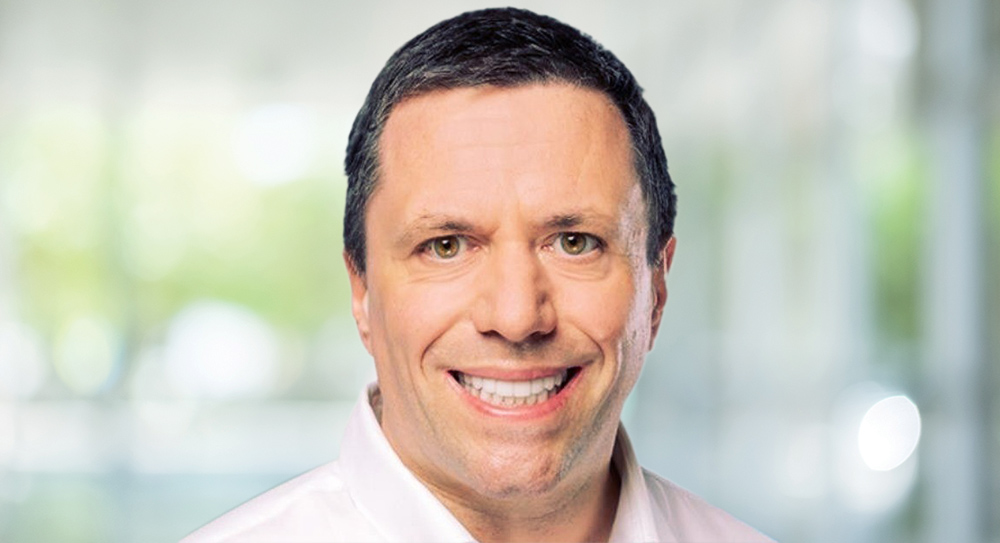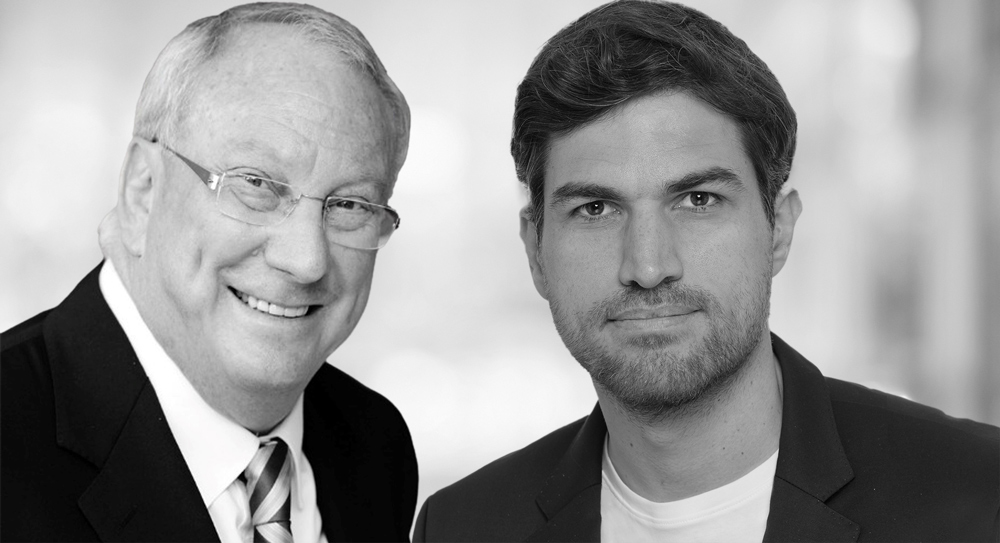Profile: Kenny Miller, FPE Capital
The Drawdown (TDD): FPE became an independent business in 2016, following the spinout from Stonehage Fleming. How did your role change as a result of this?
Kenny Miller (KM): As a business unit within Stonehage Fleming, we benefited from the support functions of the group, such as IT, HR, corporate finance and compliance. When FPE became independent, raising an institutional-backed fund for the first time, these support functions had to be fulfilled in-house, so certainly the nature of the role changed.
Back in 2016, we started with a strong investment track record in software, but a blank piece of paper on how to put a framework in place that would enable that to happen.
TDD: What kind of things does your role as...
Profile:






